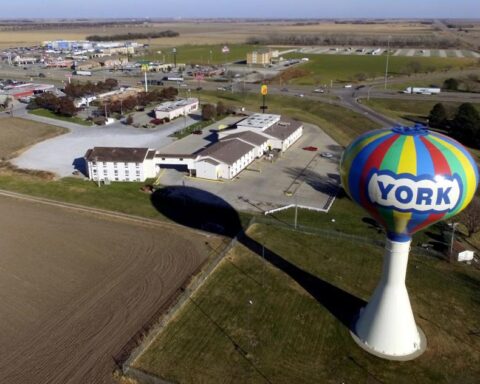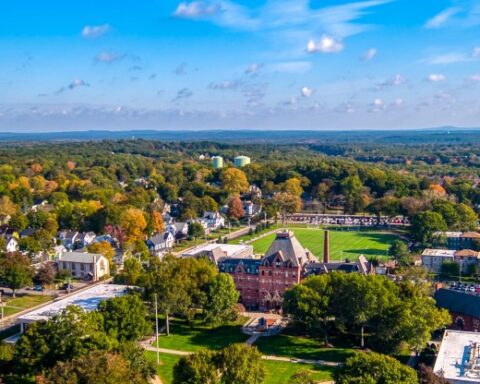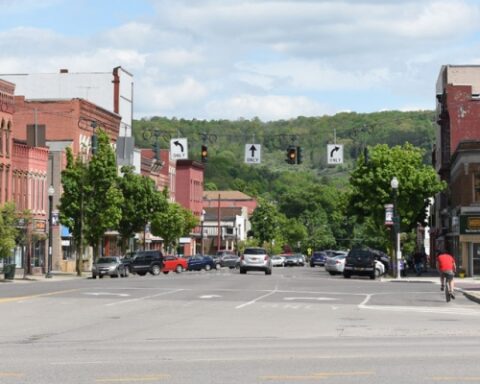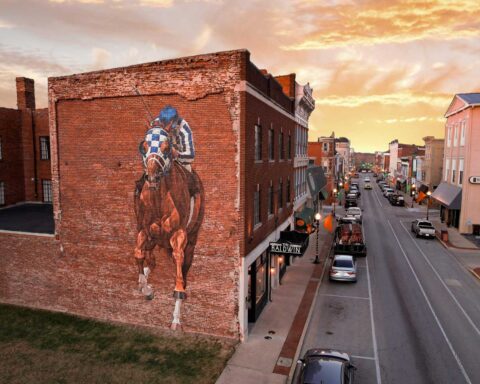Virginia is a state rich in history. The state has an advantage over the record of eight, the most of any state, because four of the first five presidents were born there. Presidents’ mansions Mount Vernon and Monticello are two of its most popular tourist destinations. The Revolution and the Civil War both came to an end in Virginia, which also boasts the most Civil War battlefields of any state.
One of the epicenters of the Revolution was the colonial capital of Williamsburg, which has since been renovated to resemble it did in the 18th century. But more than just history draws visitors to this area. Some of the top things to do in the state are to visit its natural wonders, such as Shenandoah National Park, Natural Bridge, the barrier islands of Chincoteague and Assateague, and Luray Caverns.
1. Shenandoah National Park and Skyline Drive
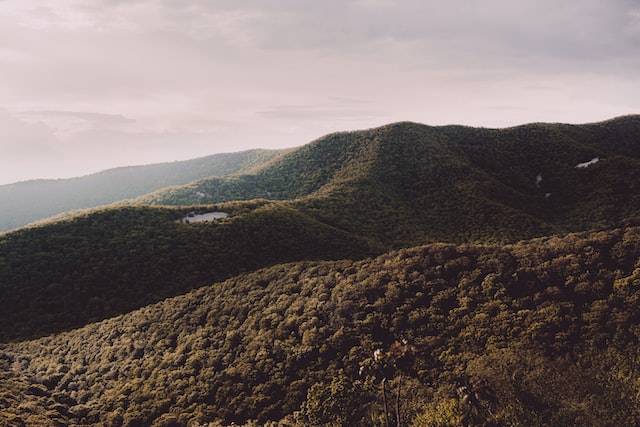
Shenandoah National Park in the middle of Virginia safeguards a portion of the 2,000–4,000 foot high Blue Ridge Mountains. The Skyline Drive, the northern extension of the Blue Ridge Parkway, runs along their crest and the entire length of the park, with rest stops along the way to take in the scenery and attractions like President Hoover’s summer home and the historic Cave Cemetery beneath Dark Hollow Falls.
One of the park’s main draws is its lovely hiking trails. The best time to see flowering trees and shrubs is in the spring and summer, but the park is best known for its fall foliage in October. The magnificent stalactite and stalagmite formations of Luray Caverns are only a short drive away west of the Skyline Drive on US 211.
2. Colonial Williamsburg
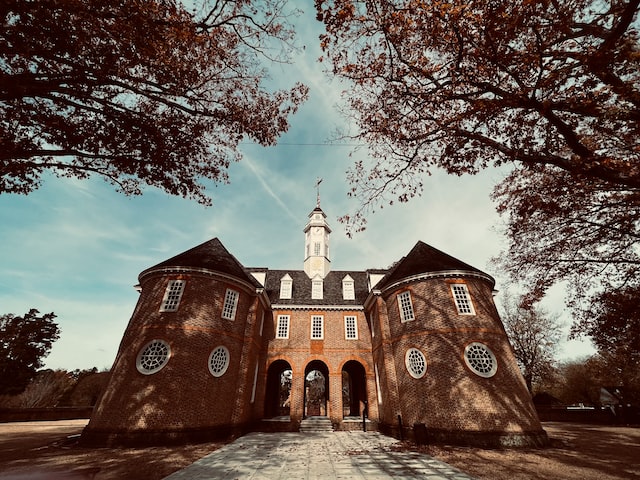
Williamsburg, where the original 18th-century buildings are either still standing or have been faithfully recreated on their original foundations, is one of the few locations that can accurately recreate a setting for the American Revolutionary War. Here, you can dine where George Washington ate seafood dinners, stand where Patrick Henry delivered his stirring speech, stroll the same streets as Thomas Jefferson, and enjoy a meal.
Williamsburg was a hub of the independence movement and one of the most prosperous and politically active colonial capitals. It served as the state capital of Virginia from 1705 until the end of the Revolution, and the last battle of the war was fought nearby.
3. Virginia Beach

Virginia Beach, so named after the broad stretch of golden sand that extends just east of Norfolk, is a very well-liked and frequently crowded vacation destination with all the typical hotels, amusements, and a long boardwalk. Bring the kids to the 19-acre Ocean Breeze Water Park, which features Caribbean-themed waterslides, a wave pool, and a water playground, if the Atlantic Ocean isn’t warm enough for them.
A 800,000-gallon aquarium, interactive exhibits, and a touch tank are all part of the Virginia Aquarium and Marine Science Museum’s exploration of the climate, sea floor, and fauna of the coast. There is a nature trail, aviary, adventure park, and marshlands to explore outside.
The Back Bay National Wildlife Refuge, where you can find walking and hiking trails and picnic areas at the visitor center, has more than 9,000 acres of coastline protected. More than 10,000 birds, including snow geese, falcons, ducks, and piping plovers, visit here every year, making it a popular destination for birdwatchers.
4. Mount Vernon
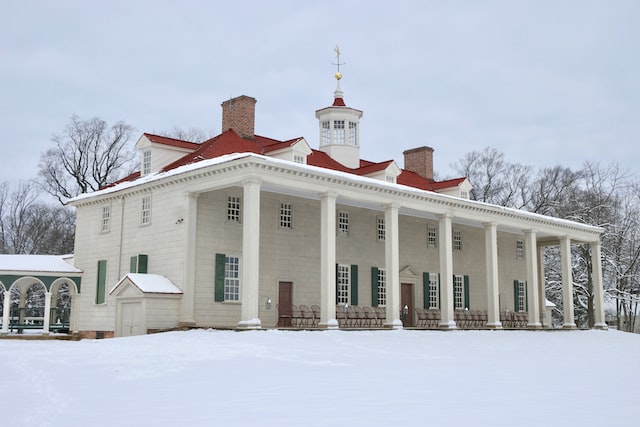
George Washington lived at Mount Vernon from 1754 until his death 45 years later, overseeing its continuous construction even as he commanded the Continental Army during the American Revolution. The elegant 21-room plantation house you see today is the result of his personal attention to the architectural planning, building, and even interior design of each renovation and addition.
You might be surprised by the vibrant paint and wallpaper colors found throughout the home, but these hues were common in the late 18th century. Washington’s favorite were the bright green walls in the “New Room.” Unlike many historic homes, Mount Vernon is brimming with objects that belonged to George and Martha Washington, including family photos, crests, and furniture.
The first president took a personal interest in the planning and upkeep of the grounds and gardens that overlooked views of the Potomac River. Compared to his predecessors, he made a less formal and more organic plan, redesigning the lawns and paths and adding native trees and shrubs.
5. Things To Do In Virginia: Maymont

It is difficult to imagine Maymont’s 100 acres as the pastures and fields of the dairy farm they were before James and Sallie Dooley bought them in 1886 as you stroll through the beautifully landscaped and tended gardens of Maymont.
After the opulent mansion was finished in 1893, Mrs. Dooley spent the next 30 years working with a group of top horticulturists and landscape architects to surround it with gardens and an arboretum, making it a showpiece fit for any millionaire from the Gilded Age.
The garden paths are shaded by exotic trees from all over the world, and there are hundreds of rose bushes, annual flower beds, and perennial borders that bloom throughout the seasons. Highlights include the magnificent terraced Italian Garden with its fountains, cascade, pergola, and stonework made of Petersburg granite, as well as the Japanese Garden.
6. Virginia Museum of Fine Arts

The Virginia Museum of Fine Arts’ collection of more than 22,000 works is primarily comprised of modern and contemporary works, particularly those created in the United States after 1950, Europe after 1900, and throughout the world in the 21st century. Several special collections stand out from that group.
Paintings, woodcuts, etchings, lithographs, and other media are all represented in the Ludwig and Rosy Fischer Collection of German Expressionist Art, with a special emphasis on the Die Brücke artists. African, African American, and African Diaspora artists’ creations are included in the expanding collections of artworks illuminating African American experience and expression.
The largest public collection of Fabergé and Russian decorative arts owned by an American museum is on display in a series of five galleries. This collection includes silver, enamels, and an exceptional group of five Fabergé easter eggs created for the last two Russian czars.
7. Luray Caverns
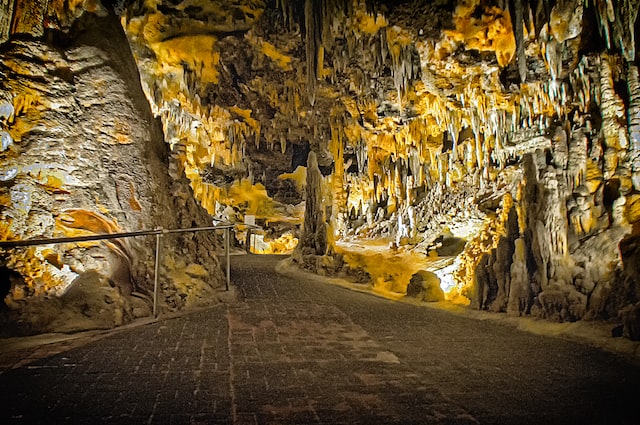
Within an extensive underground network, the Luray Caverns contain breathtaking examples of calcite formations that at times resemble an alien landscape rather than a local natural landmark. These limestone crystals, which have over the years shaped an impressive landscape, can be seen by visitors as they explore the caves.
Highlights include Titania’s Veil, the enormous Double Column, interior lakes that enlarge the scene, and the Great Stalacpipe Organ, a unique musical instrument that plays music by using the stalactites themselves.
Visitors can also enjoy other attractions as part of the admission price in addition to the caves. The Luray Valley Museum explores the Shenandoah Valley’s history through a seven-acre 19th-century village full of real and replica structures and artifacts.
8. Natural Bridge of Virginia
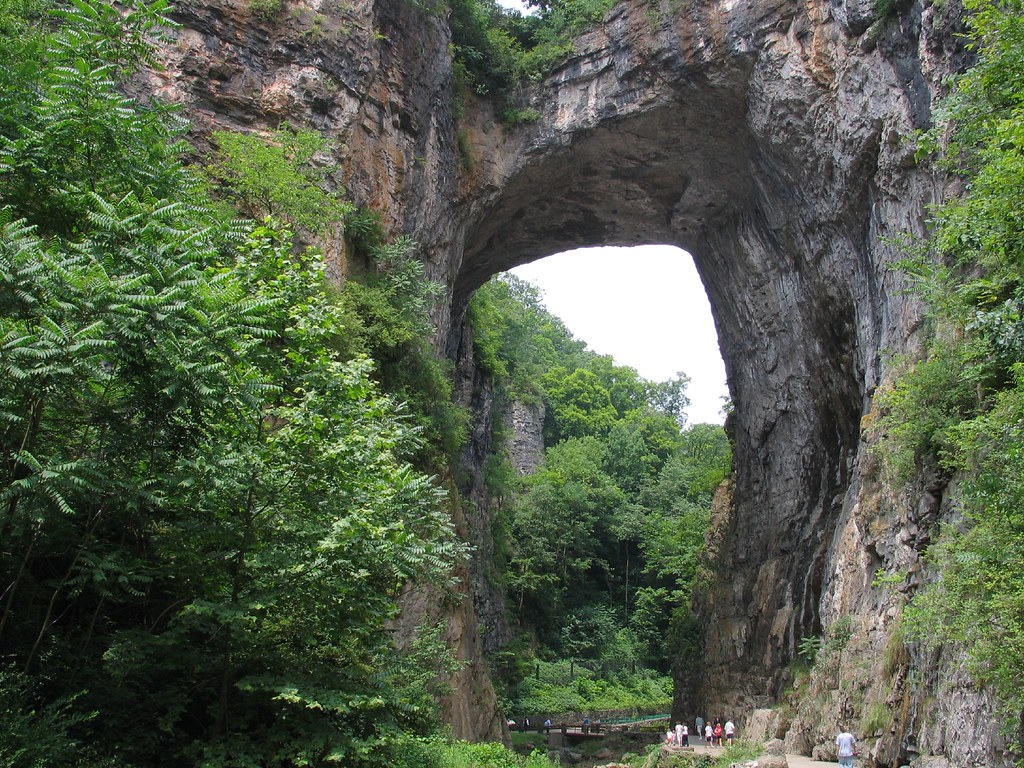
The Natural Bridge, one of the country’s oldest tourist destinations, is over 215 feet tall, has a span of 90 feet, and is listed on the National Register of Historic Places. It shared second place with Niagara Falls in terms of popularity with European tourists during the 18th and 19th centuries.
It was created when a cavern through which Cedar Creek flowed collapsed. When a rock bearing George Washington’s initials and his survey mark was found in 1927, the myth that he surveyed the bridge for Lord Fairfax gained credibility. For a while, Thomas Jefferson was the land’s owner. He constructed a log cabin here to use as a retreat.
Natural Bridge was designated as a state park in 2014. From Cascade Falls to Lace Falls, stroll along Cedar Creek Trail while stopping to see an exhibit on the Monacans, a local Native American tribe, and a saltpeter mine that was used in both the War of Independence and the War of 1812. US Route 11 crosses the bridge’s top.
9. Virginia Aquarium & Marine Science Center
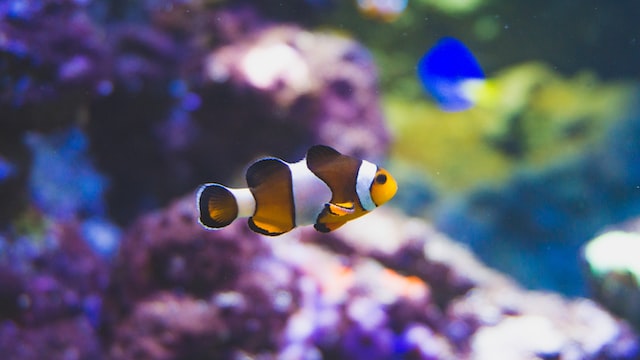
One of Virginia Beach’s most well-liked family attractions is the Virginia Aquarium and Marine Science Center, which offers a variety of exhibits and activities for the whole family.
Diverse turtle species, such as Loggerhead and Green Sea Turtles, as well as aquatic reptiles like Komodo dragons and tomistoma, sandbar sharks, and entertaining mammals like harbor seals and otters live in aquariums. The facility also features a variety of educational exhibits and games for people of all ages, as well as a six-story theater where 3-D nature movies are regularly shown.
There are outdoor recreation options as well for those seeking a more engaging encounter with nature, including a six-acre zipline adventure park for children five and older. All ages can take part in one of the center’s many boat excursions to see wildlife like bottlenose dolphins, different whale species, and various seabird species.
10. Manassas National Battlefield
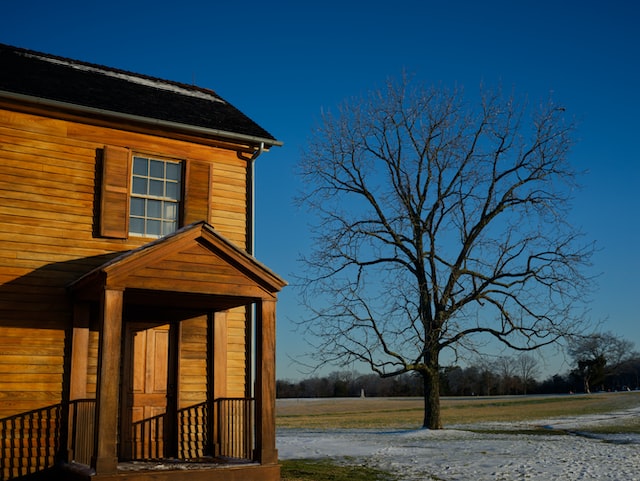
In 1861 and 1862, two crucial Civil War battles took place close to Manassas, Virginia. Visitors can comprehend and even visualize those battles thanks to the site’s preservation as the Manassas National Battlefield and its excellent description.
The two armies met for the first time in the first battle, also known as the Battle of Bull Run, and the second encounter on the plains of Manassas resulted in a decisive Confederate victory and signaled the height of their power in a war that would last for three more years.
Today, the park serves as a vital refuge for more than 160 species of migratory and resident birds in addition to being a significant historical site.

